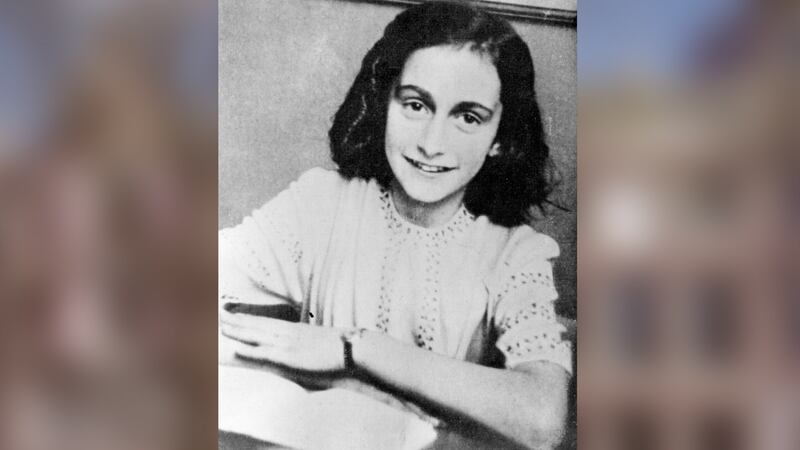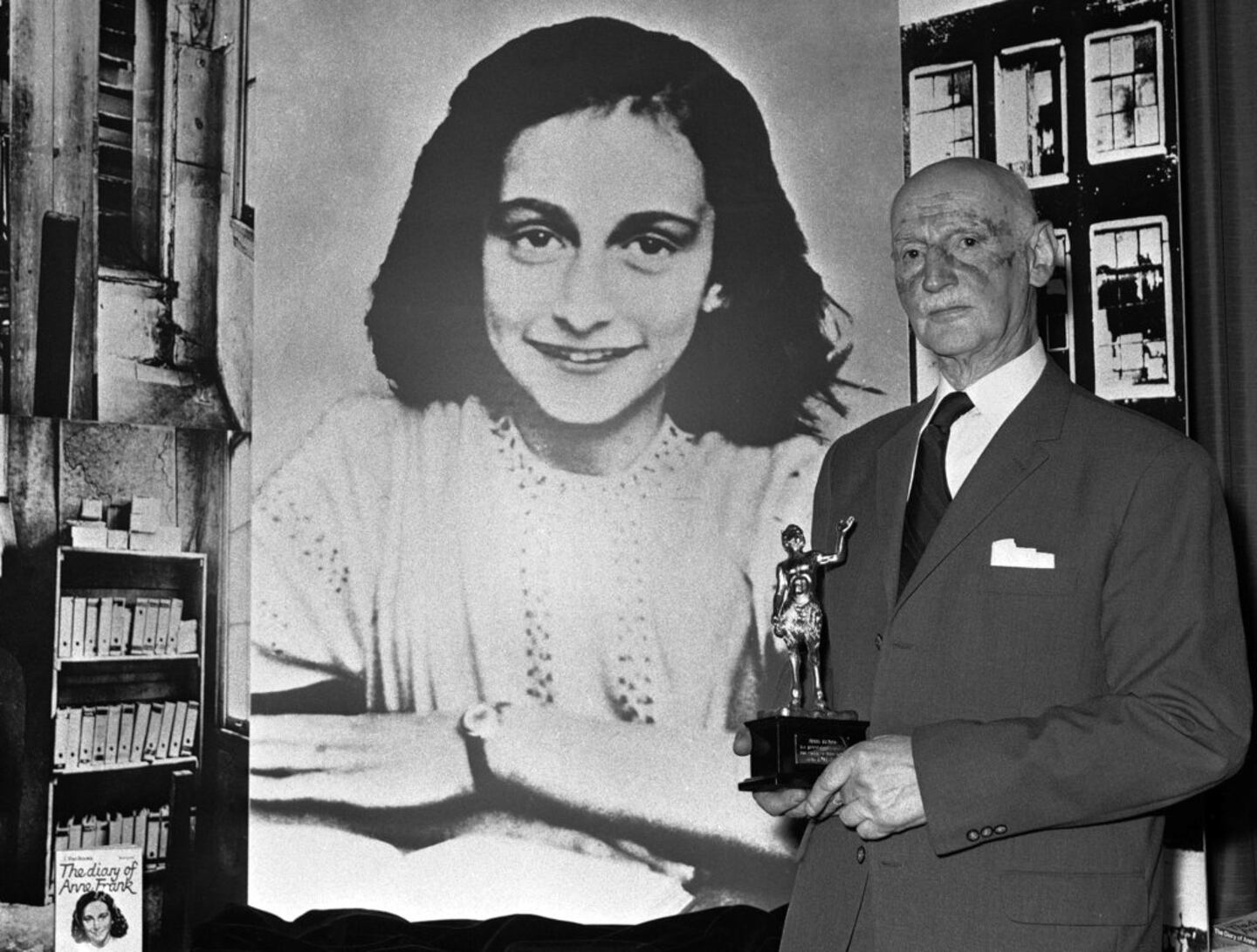It has been 76 years to the day since the Frank family retreated into hiding in their Secret Annex and new light is being shone on their plight to escape the Nazi regime.
The Anne Frank House, along with the United States Holocaust Memorial Museum, has released new research into the efforts Otto Frank made to escape the Nazis and come to America or other countries.
The Frank patriarch tried multiple times to emigrate to the United States. He started his quest to come to America in 1938 after they emigrated to the Netherlands in 1933, but determined that the United States was the only answer for an escape to safety, according to a letter he wrote to a friend in America.
"I am forced to look out for emigration and as far as I can see the USA is the only country we could go to," Frank wrote on April 30, 1941, to Nathan Strauss in New York, according to the museum.
He had applied to bring his family across the ocean, but all of the visa applications submitted to the American consulate in Rotterdam were destroyed by a bombardment on May 14, 1940, NBC News reported. All previously submitted applications had to be resubmitted after the attack, including that of the Frank family.
There was no asylum policy at the time, leaving Jews who were trying to escape Nazis no hope of using claims of asylum to get out from under the rule of the Adolph Hitler. Frank depended on Strauss' political connections and financial resources, as well as two brothers-in-law of Frank's who lived in the United States, but they were not enough, the museum found.
In 1939, Washington had issued fewer than 30,000 visas for those wishing to come to America, NBC News reported.
Eventually, the United States closed all German consulates and Nazi Germany did the same to American consulates. After the Pearl Harbor attack, there was a stoppage of transatlantic shipping traffic, which blocked the route the Franks could have taken to escape to Cuba.
Despite all of the roadblocks presented to the Franks and their emigration attempts, the family was never outright denied visas by the American consulate, NBC News reported.
and the U.S. Holocaust Memorial Museum both point out that the United States never refused to allow the Franks to enter, but rather it was the circumstances, like the bombardment of Rotterdam, and the stoppage of transatlantic traffic, that kept the Franks in Amsterdam and forced them
, and later being discovered by the Nazis and being sent to concentration camps.
Anne Frank, her mother, Edith, and sister, Margot, died in the camps. The only survivor of the
. He was liberated by Russian soldiers from Auschwitz on Jan. 27, 1945.
Otto returned to Amsterdam in the hopes that someone from his family had survived. During the trip, he heard of his wife, Edith's, death, and eventually discovered that his two daughters also died at the hands of the Nazis. During that trip, he was given the diary that Anne wrote while in hiding that was eventually published.
Cox Media Group








